
Polarized Training Pathway
In collaboration with Dr. Stephen Seiler, the “father of polarized training,” we have curated everything you need to know about the 80/20 training method.

Cycling training is a science and an art. How endurance athletes train, when they train, and the intensity and duration of that training all affect the gains and adaptations they see.
Proper interval execution is essential to see the expected progress. How you analyze and interpret all that data is equally valuable. Of course, training needs to be planned so it fits into any given season, race schedule, and lifestyle. Off the bike, the importance of strength and conditioning is often neglected.
This is training. This process is what athletes live for.

In collaboration with Dr. Stephen Seiler, the “father of polarized training,” we have curated everything you need to know about the 80/20 training method.
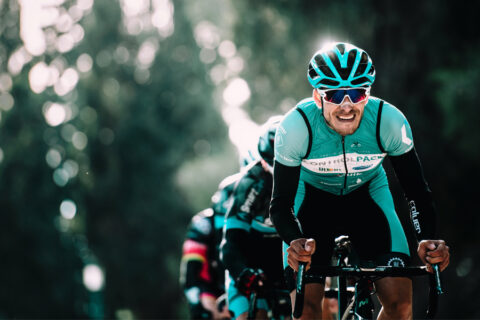
Interval workouts are a fundamental part of any endurance training program. Learn exactly what intervals are, why they are so important, and how to properly execute interval workouts with the help of Sebastian Weber, Neal Henderson, and Dr. Stephen Seiler.
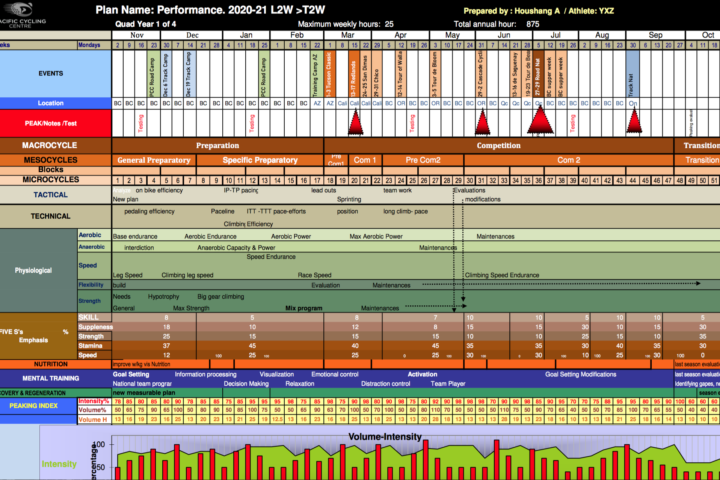
We review the art and science of developing and maintaining an annual training plan, which helps athletes progress and perform at their best.
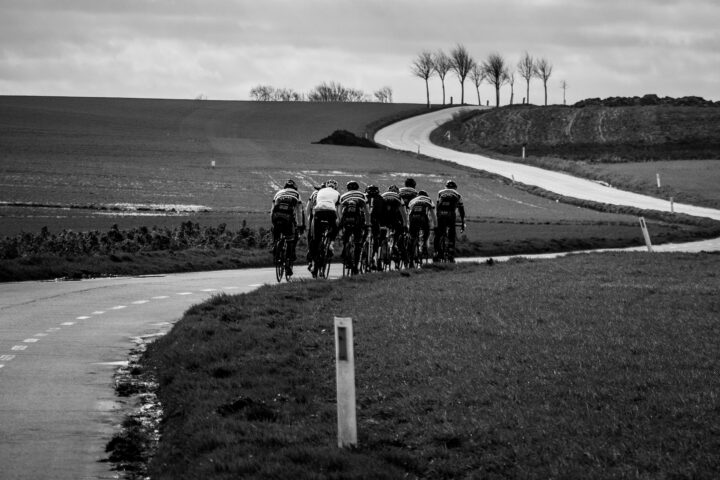
It’s hard to find time to fit in the long, slow miles that traditionally comprise the base season. Coach Trevor Connor offers suggestions for improving life-training balance, understanding quality versus quantity, and more.
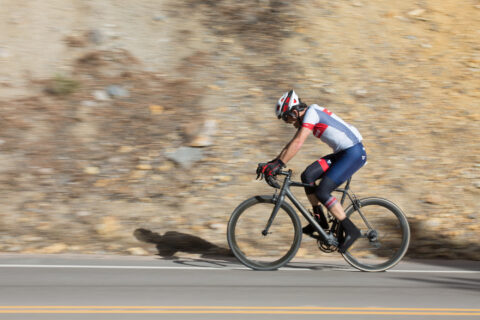
Why do we sometimes ride our best during fatigue weeks, or struggle during a recovery week? Learn the signs you should look for during your peak, recovery, and at the end of big training blocks.
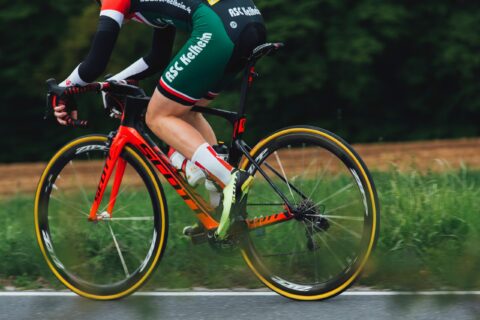
Guest coach Julie Young answers questions from listeners on fatigue, peaking, returning from injury, and sports nutrition.

In today’s episode, learn the exercise science behind peaking for your racing season — including how long it takes, why we do a fatigue block to start the peak and the science of what happens physiologically to produce the peak. Tapering your training is tricky so we’ll review some of the more common mistakes that you can run into.